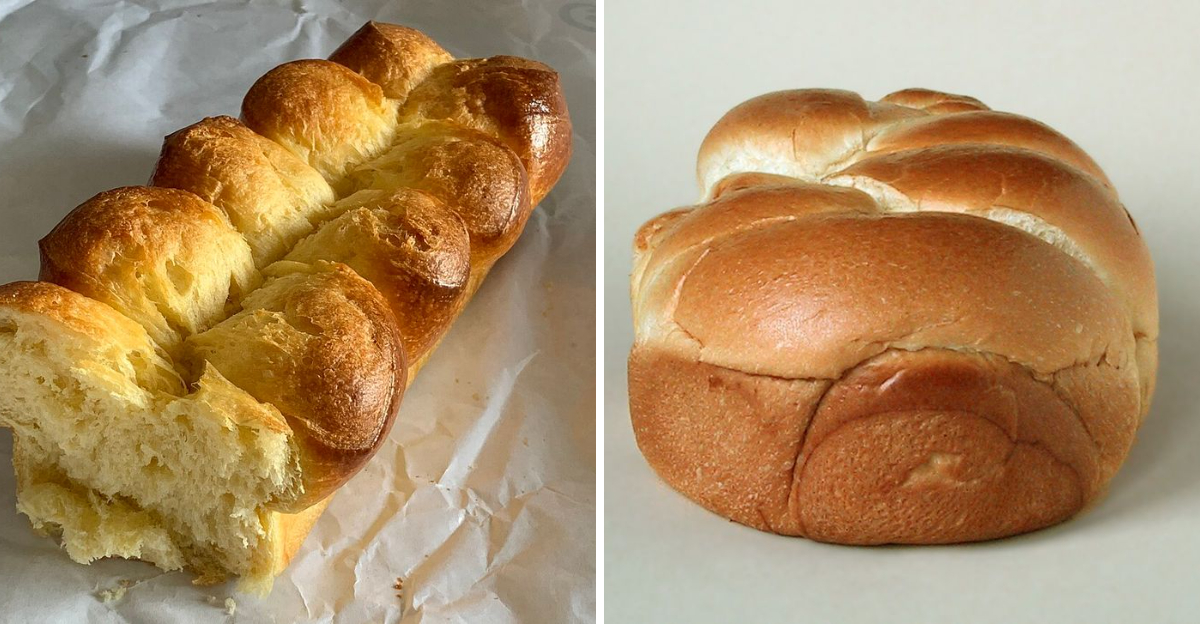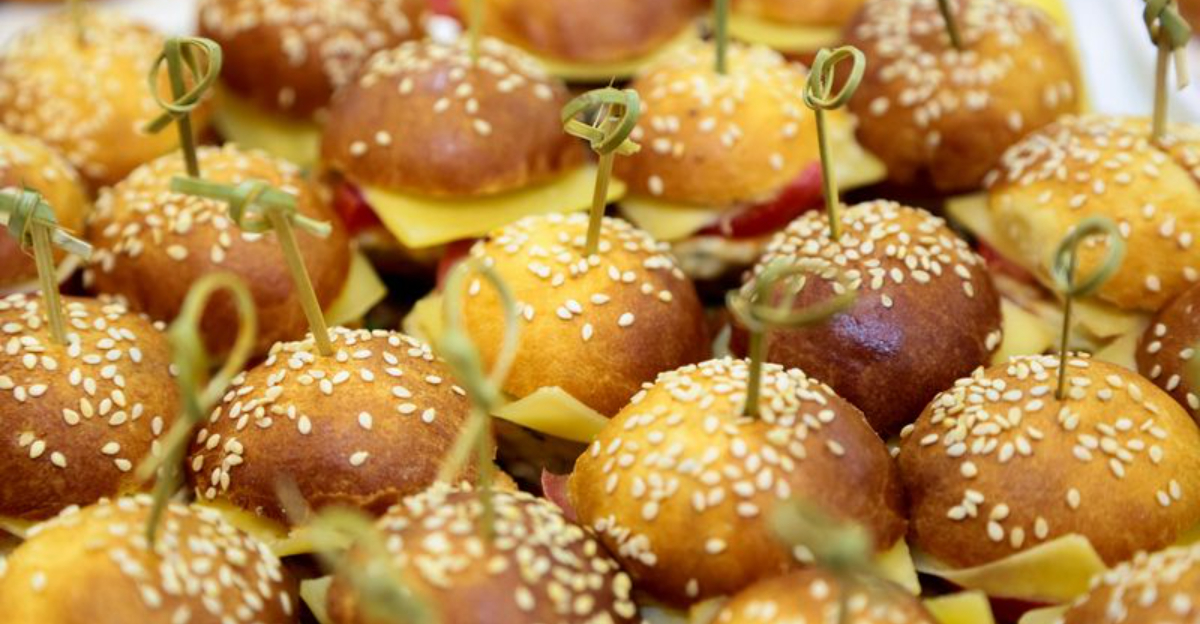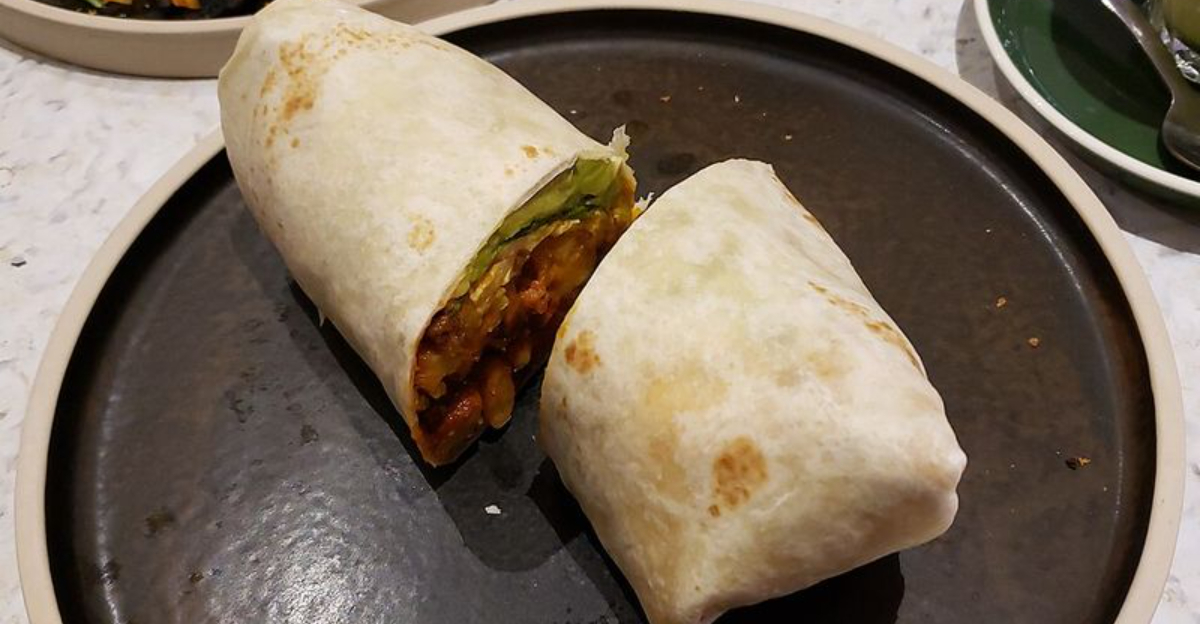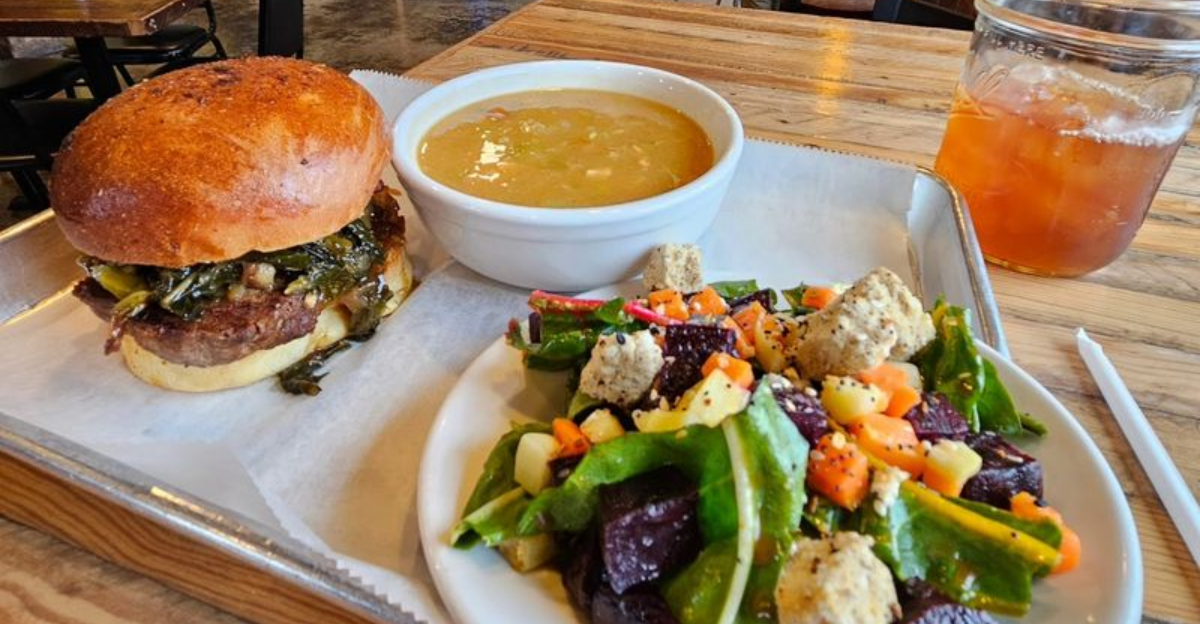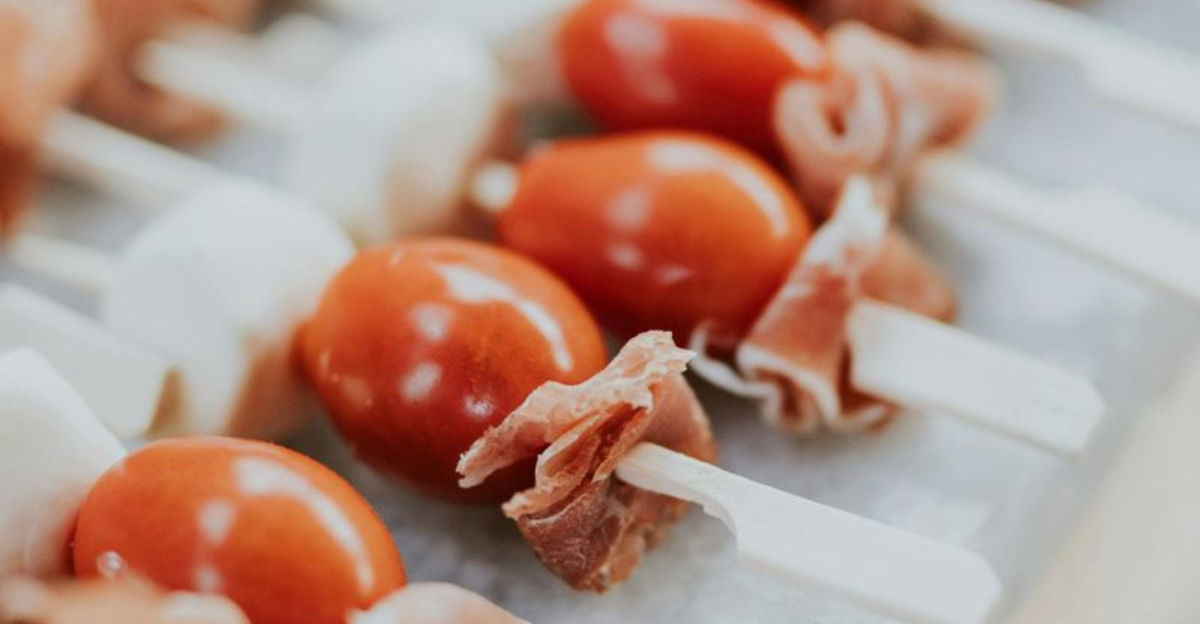17 Staple Foods That Fueled Daily Life In The 13 Colonies
Life in the 13 Colonies didn’t come with fancy restaurants or grocery aisles stuffed with choices.
Families leaned on simple, hearty foods that could be grown in the backyard, preserved for months, and stretched far enough to survive brutal winters. Kitchens filled with the earthy scent of cornmeal, simmering stews, and smoked meats as colonists worked with whatever the land and season allowed.
These staples kept communities strong and fueled the grit it took to build a new nation from the ground up. From cornmeal cakes to salted fish, every dish carries a story of survival, creativity, and neighbors helping neighbors when times were toughest.
Disclaimer: This article offers general historical information based on widely accepted colonial-era food practices. It is not a substitute for professional historical, nutritional, or academic guidance. Specific regional experiences in the 13 Colonies varied, and details may differ depending on available records and local traditions.
17. Indian Corn (Maize)
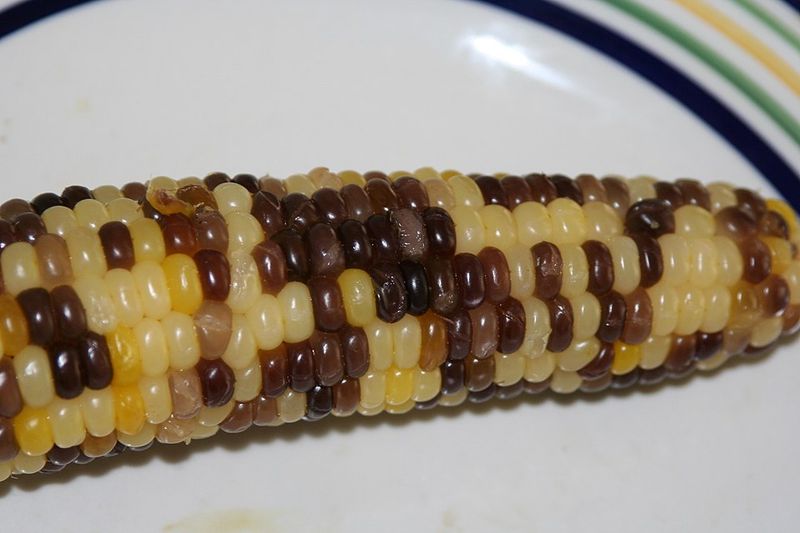
Corn saved the colonists from starvation, plain and simple. Native Americans taught settlers how to plant, harvest, and cook this versatile crop, and it quickly became the backbone of colonial meals.
Families ground dried kernels into cornmeal for bread, porridge, and puddings. Without corn, survival in the New World would have been nearly impossible for early settlers.
16. Cornmeal Johnnycakes And Hoecakes
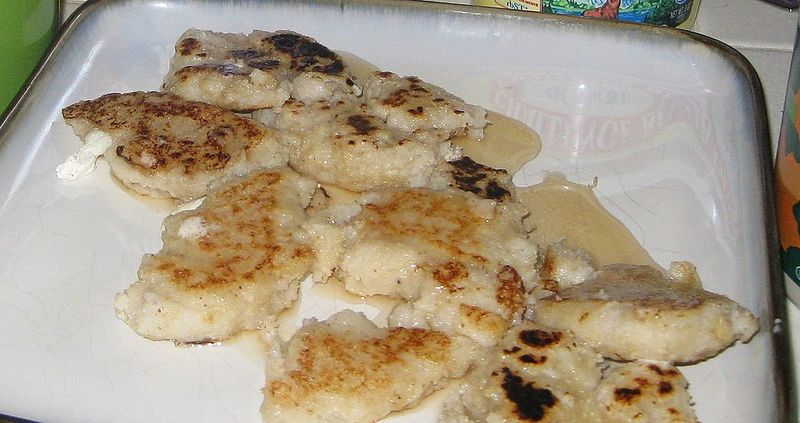
If cornbread had a cool older sibling, it would be johnnycakes. These flat, crispy cakes were made from cornmeal, water, and a pinch of salt, then cooked on a griddle or even a hoe blade over an open fire.
Quick to make and filling, they fueled farmers, travelers, and families alike throughout the colonies.
15. Wheat Bread (Loaf Bread)
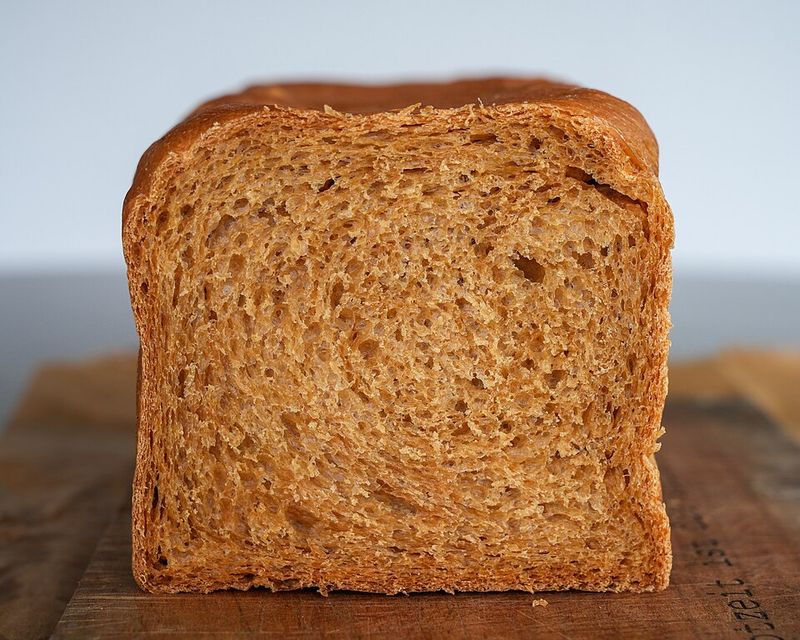
Wheat bread was considered a luxury compared to cornbread, especially in the early colonial days. Families who could afford wheat flour baked hearty loaves that became the centerpiece of meals.
Bread ovens were community treasures, and baking day brought neighbors together. Nothing beat the smell of fresh wheat bread filling a colonial kitchen on a cold morning.
14. Rye Bread And Brown Bread

Rye grew better than wheat in rocky New England soil, making it a go-to grain for northern colonists. Brown bread, a mix of rye, cornmeal, and molasses, was dense, dark, and incredibly filling.
Families steamed it in pots for hours, creating a sweet, hearty loaf that lasted days. Rye bread kept bellies full when wheat was scarce.
13. Oatmeal Porridge
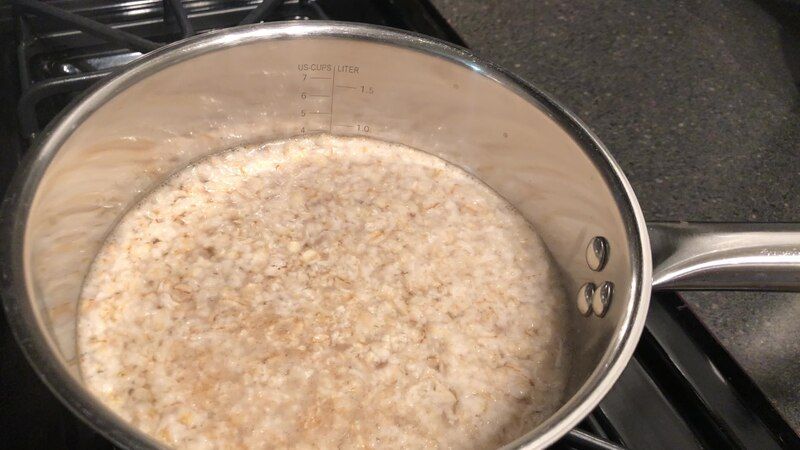
Oatmeal wasn’t just breakfast – it was survival food. Scottish and Irish immigrants brought oats to the colonies, and families cooked them into thick, warming porridge every morning.
Sweetened with molasses or honey, oatmeal provided energy for long workdays in the fields. However cold the winters got, a bowl of hot oatmeal made everything bearable.
12. Rice (Especially In Southern Colonies)
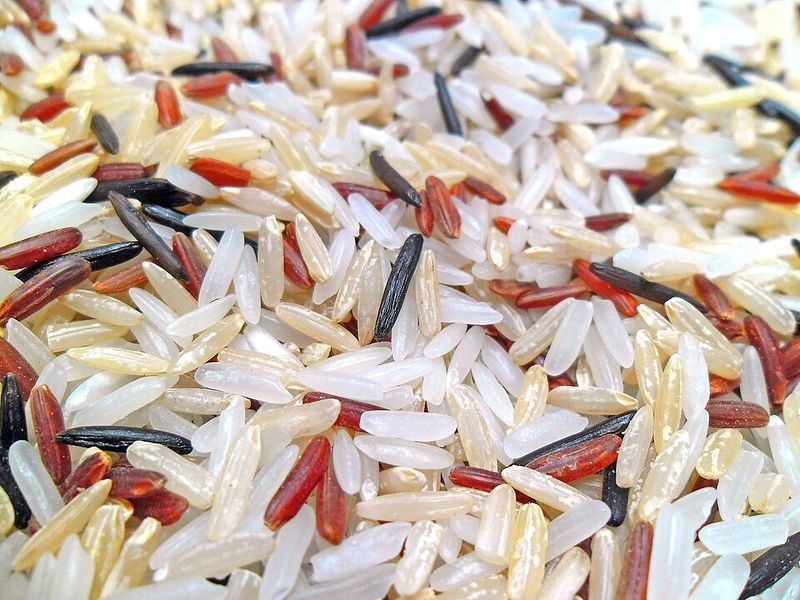
Rice became king in South Carolina and Georgia, where humid climates and wetlands created perfect growing conditions. Enslaved Africans brought critical knowledge of rice cultivation, transforming southern agriculture.
Families ate rice boiled, baked into puddings, or mixed with beans and vegetables. Though labor-intensive, rice became a major export and daily staple in southern colonial life.
11. Dried Beans

Beans were the ultimate pantry hero, cheap, nutritious, and able to last for months when dried. Colonists planted beans alongside corn, using the stalks as natural climbing poles.
Cooked slowly with salt pork or bacon, beans became hearty stews that fed entire families. Just saying, baked beans weren’t invented in Boston for nothing!
10. Peas (Often Dried For Storage)
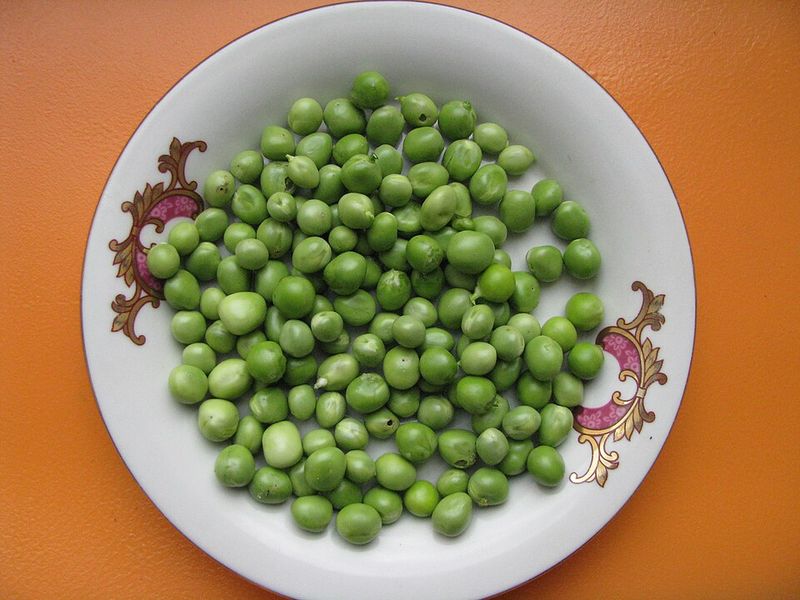
Peas were garden superstars, easy to grow and even easier to preserve. Families dried them in the sun, storing them for winter soups and stews.
Pease porridge, a thick pea pudding, was so common that colonists ate it hot, cold, and even nine days old (yes, that nursery rhyme is real). Peas provided protein when meat was scarce.
9. Pumpkins And Winter Squash
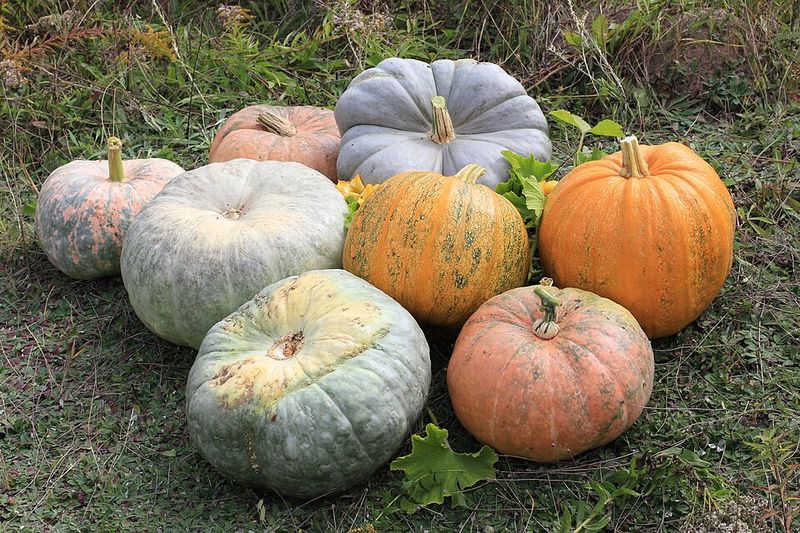
Pumpkins weren’t just for Halloween, they were survival food. Colonists roasted, boiled, and baked them into pies, puddings, and even bread.
Winter squash stored for months in cool cellars, providing vitamins through the coldest seasons. Native Americans introduced settlers to these hardy crops, and colonists quickly fell in love with their sweet, filling flesh.
8. Apples (Eaten Fresh And Cooked)
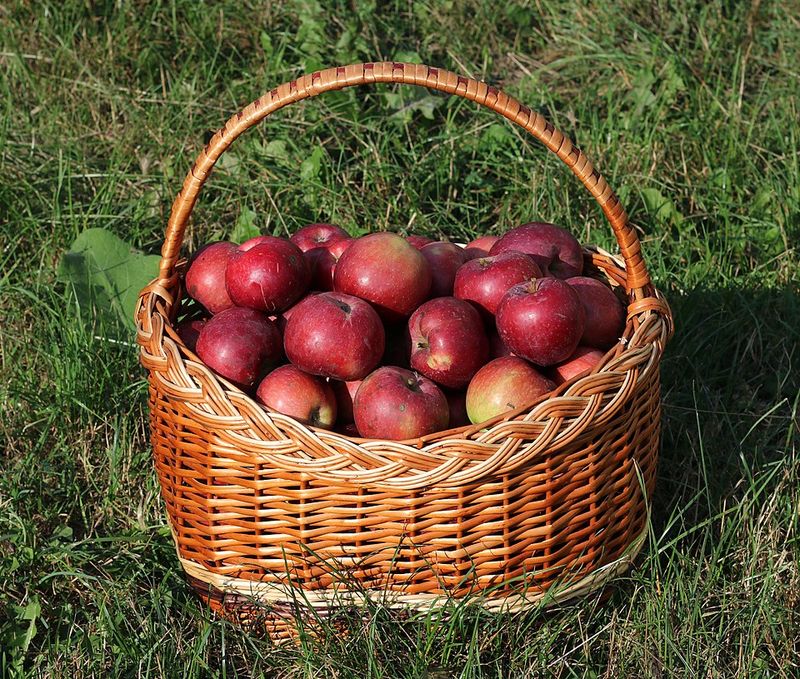
Apples were everywhere in colonial orchards, and families ate them fresh, dried, baked, and turned into cider. Apple trees thrived in the colonies, making fruit accessible year-round.
Colonists made apple butter, applesauce, and pies that became legendary. Though winters were harsh, dried apple slices kept families snacking until spring blossoms returned.
7. Cabbage And Other Hardy Garden Greens
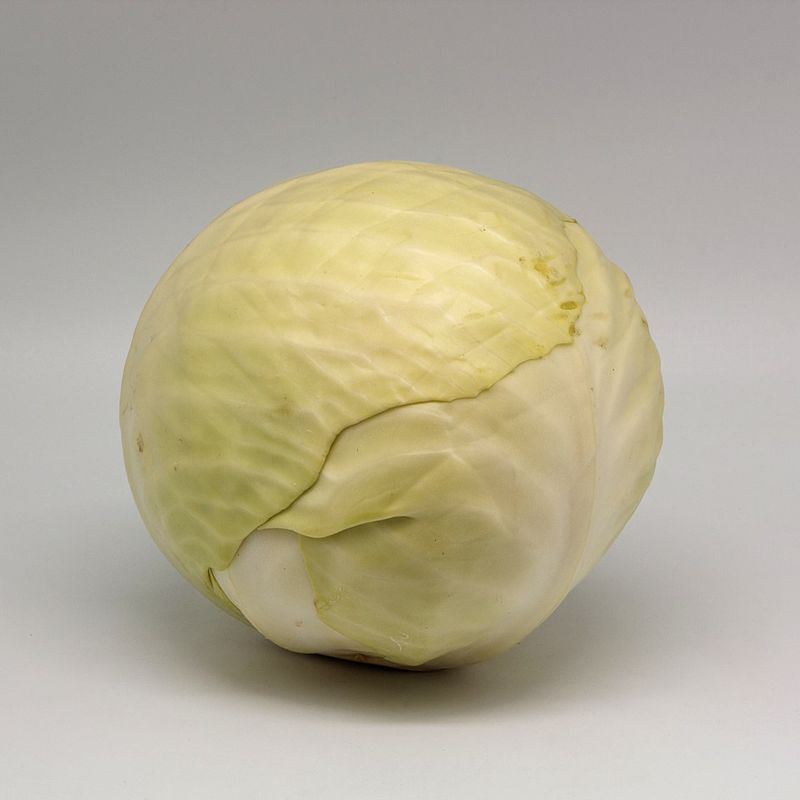
Cabbage was tough enough to survive frost, making it a winter garden champion. Colonists ate it raw, cooked, pickled, and fermented into sauerkraut.
Kale, collards, and turnip greens also thrived in colonial gardens, providing vitamins when fresh produce was rare. However simple, greens kept scurvy at bay and added color to plain meals.
6. Salt Pork (Cured Pork Fat And Meat)
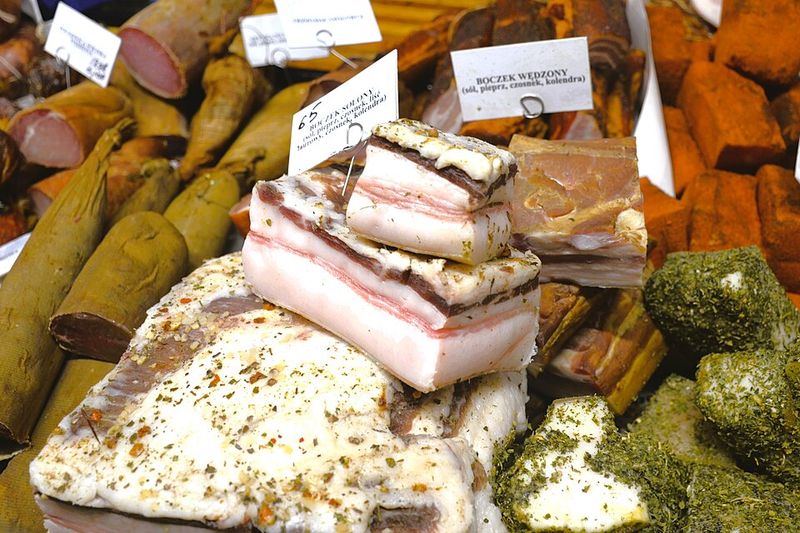
Salt pork was the ultimate flavor bomb and preservation miracle. Colonists packed pork in barrels of salt, keeping it edible for months without refrigeration.
Families added chunks to soups, stews, and beans, infusing everything with rich, savory taste. Where fresh meat was scarce, salt pork stepped in and saved dinner every single time.
5. Dried And Salted Codfish
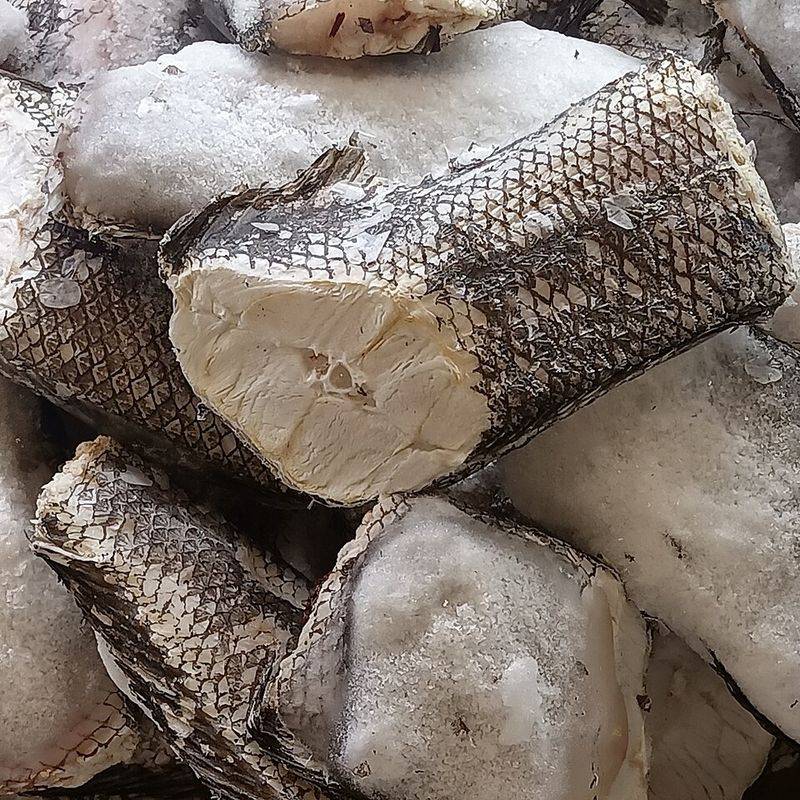
Codfish dominated New England waters, and colonists caught, salted, and dried it by the ton. This preserved fish could last for years, making it perfect for long voyages and winter storage.
Families soaked dried cod overnight, then cooked it into chowders and stews. Cod became such big business that it fueled entire coastal economies.
4. Lobster And Other Coastal Shellfish
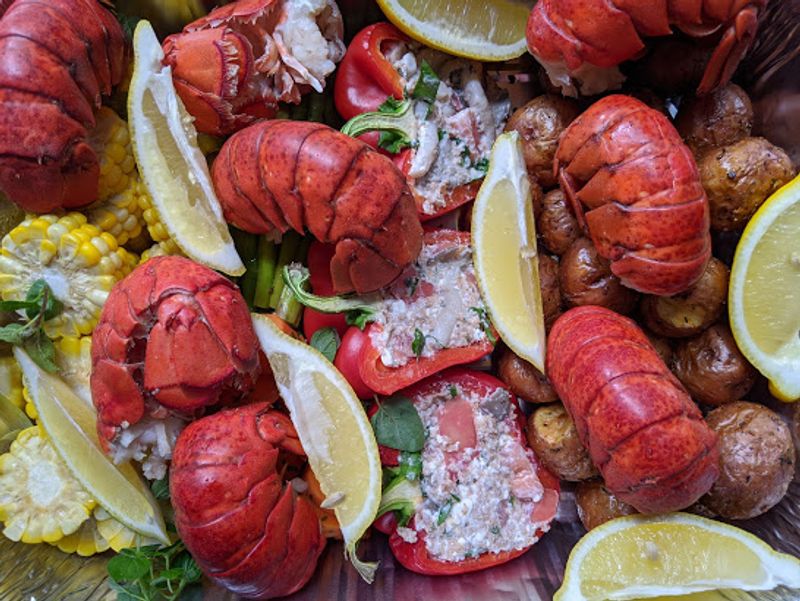
Coastal colonists found lobsters so plentiful they often used them as fertilizer, and they were widely viewed as ‘poor people’s food.’ Stories about them being fed to prisoners appear in later retellings, but the confirmed truth is that lobster was considered low-status and extremely abundant.
Clams, oysters, and mussels were also abundant and free for the taking. If you lived near the ocean, shellfish provided endless protein without costing a single penny.
3. Butter
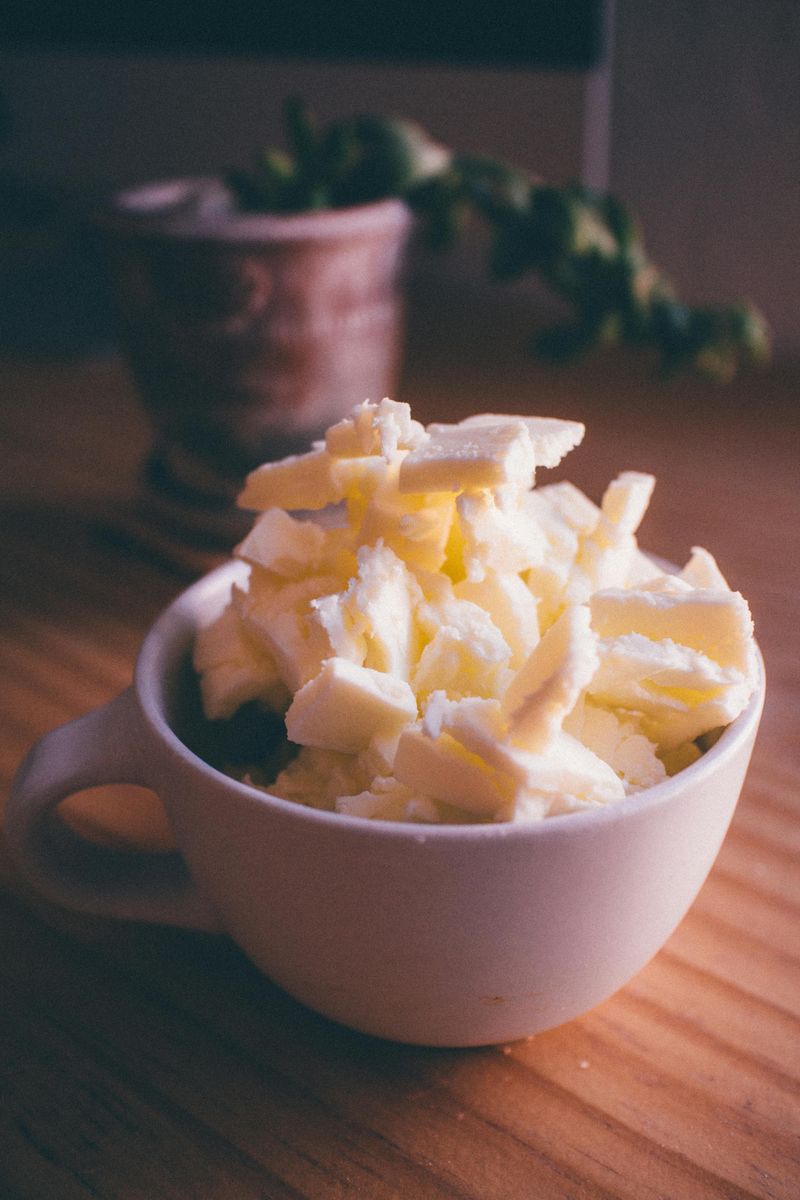
Butter was liquid gold in colonial kitchens. Families churned cream from their dairy cows, creating rich, creamy butter for cooking, baking, and spreading on bread.
Salted butter lasted longer, while fresh butter was a special treat. Though churning took serious arm strength, the reward was worth every ounce of effort on baking day.
2. Cheese
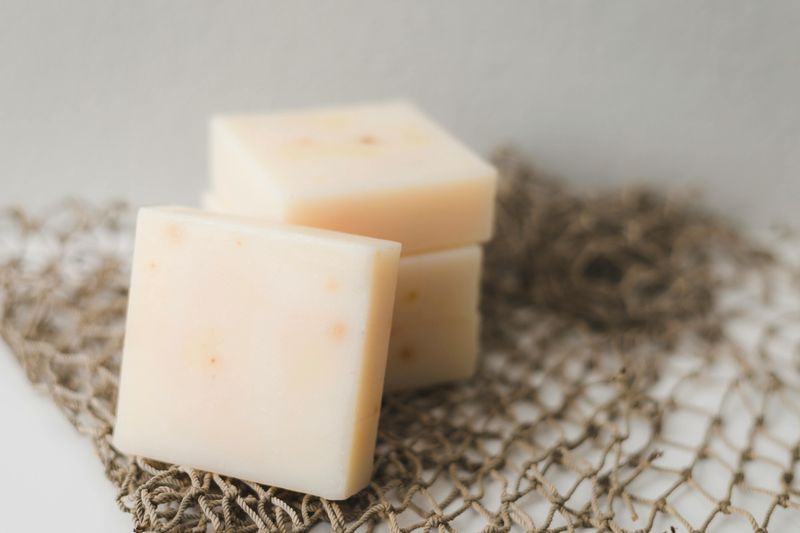
Cheese was another way to preserve milk before refrigeration existed. Colonial families made simple cheeses at home, aging them in cool cellars.
Cheddar, farmer’s cheese, and soft curds appeared on tables daily, adding protein and flavor to meals. Where milk was plentiful, cheese became a staple that stretched resources and satisfied hungry families.
1. Molasses (Key Everyday Sweetener)
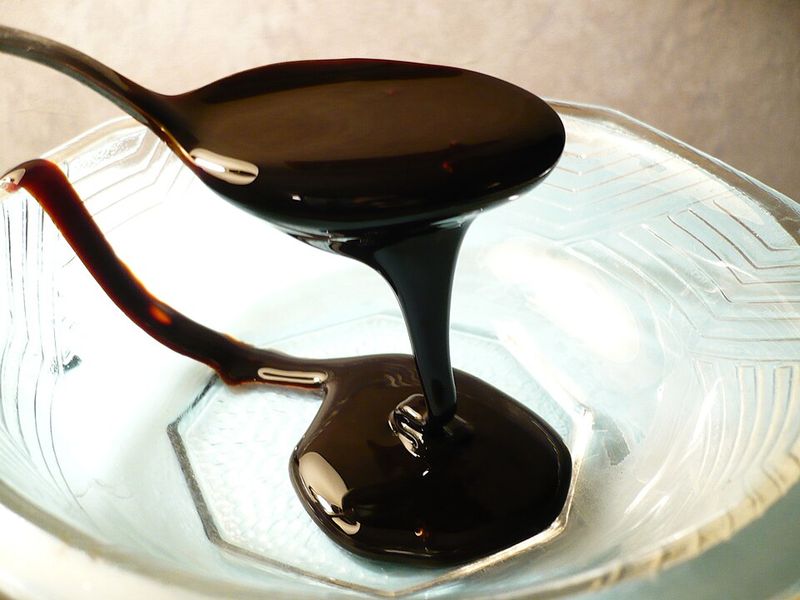
Molasses was the colonial version of sugar, imported from Caribbean sugar plantations and used in almost everything. Families sweetened porridge, baked beans, bread, and desserts with this thick, dark syrup.
Cheaper than refined sugar, molasses became essential in colonial kitchens. If you tasted colonial cooking, you’d recognize that deep, rich sweetness in every bite.

